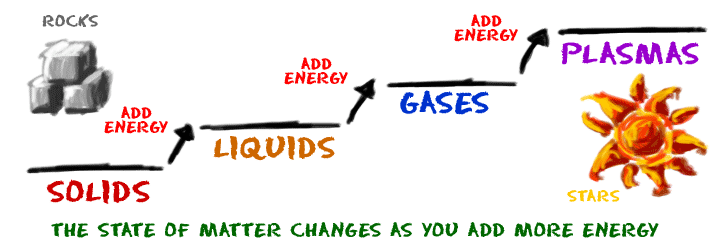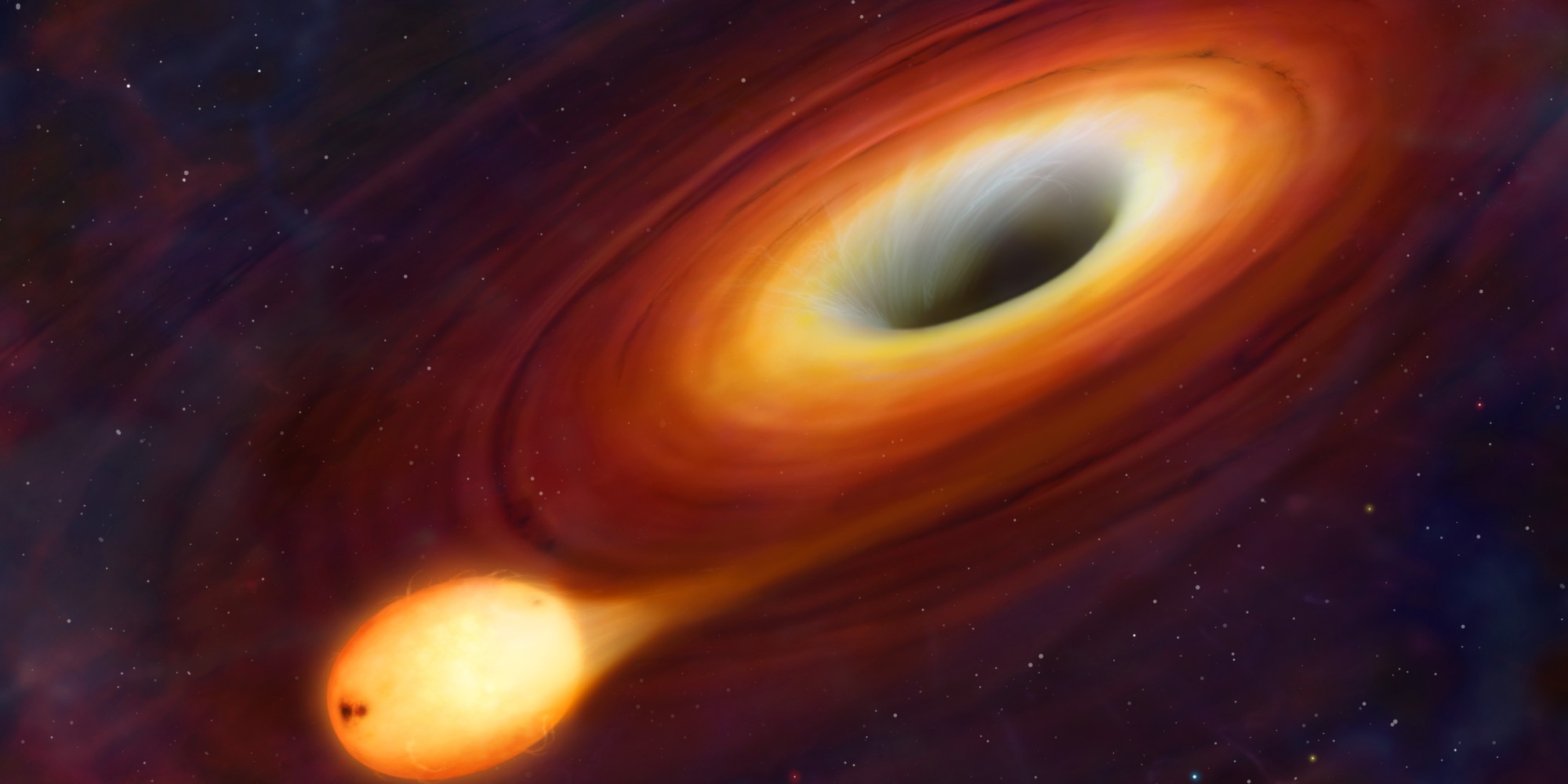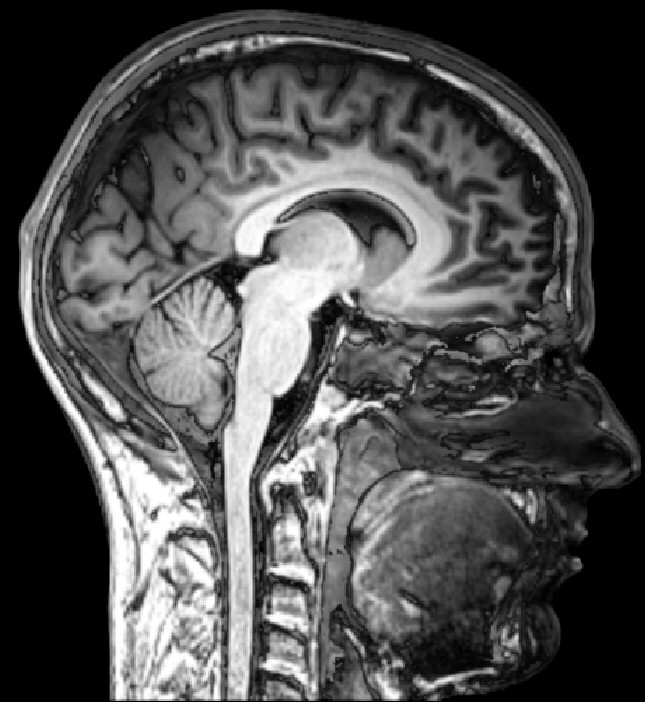[2:24]...then be cautious of the fire
whose fuel is humans and stones
specifically prepared for the rejecters
The above verses describe Hell. God is warning us that once we have no more doubts that the Qur'an is the Word of God - then be cautious of rejecting the proofs and the truth and earning God's Anger and Hell ("prepared for the rejecters").
The physical characteristics of Hell described in this verse are:
One way a stone could provide energy would be via its atoms in a nuclear fusion.
The exact way a stars fuse together atoms in their cores to provide energy for its "fire".
However, a star's atoms are in a gaseous plasma state - not a solid state (like stones).
However, a very specific type of star - a star so massive it has collapsed under its own gravity - a Black Hole - can suck in planets, meteorites, moons (and stones) - adding atoms (matter) to the Black Hole - which is its "fuel" (As a black hole sucks in more matter, it becomes more massive (in mass - not size) and thus has stronger gravity (and thus more energy). In this way "stones" add "energy" to a Black Hole.
Therefore, the only conceivable "fire" that would use stones (or planets, meteorites, etc) as a "fuel" source would be the fire of a Black Hole (- remember: a Black Hole is a special type of star and is denser and hotter than a neutron star - "the ultimate kiln, likely the most extreme environment in all of nature: inside a black hole").
Other descriptions of Hell found throughout the Qur'an (and Hadith) further support this hypothesis...


whose fuel is humans and stones
specifically prepared for the rejecters
The above verses describe Hell. God is warning us that once we have no more doubts that the Qur'an is the Word of God - then be cautious of rejecting the proofs and the truth and earning God's Anger and Hell ("prepared for the rejecters").
The physical characteristics of Hell described in this verse are:
- its a fire
- its fuel is humans
- its fuel is stones
One way a stone could provide energy would be via its atoms in a nuclear fusion.
The exact way a stars fuse together atoms in their cores to provide energy for its "fire".
However, a star's atoms are in a gaseous plasma state - not a solid state (like stones).
However, a very specific type of star - a star so massive it has collapsed under its own gravity - a Black Hole - can suck in planets, meteorites, moons (and stones) - adding atoms (matter) to the Black Hole - which is its "fuel" (As a black hole sucks in more matter, it becomes more massive (in mass - not size) and thus has stronger gravity (and thus more energy). In this way "stones" add "energy" to a Black Hole.
Therefore, the only conceivable "fire" that would use stones (or planets, meteorites, etc) as a "fuel" source would be the fire of a Black Hole (- remember: a Black Hole is a special type of star and is denser and hotter than a neutron star - "the ultimate kiln, likely the most extreme environment in all of nature: inside a black hole").
Other descriptions of Hell found throughout the Qur'an (and Hadith) further support this hypothesis...
- Hell's colour was white, then red, and now black! (This matches the sequence / life cycle of a super massive star which eventually becomes a black hole. It glows white as a main sequence star --> glows red as a Red Supergiant --> becomes a black hole)
- (ibn Majah- Vol. 5, Book 37, Hadith 4320)
- “The Hell-Fire was kindled for one thousand years and turned white.
- Then it was kindled for another thousand years and it turned red.
- Then it was kindled for another thousand years and it turned black.
- So it is black like the darkest night.”

- Hell is a Pit
- [101:9] "so his abode is a Pit"
- [101:10] "and what shall teach you what it is?"
- [101:11] "an intensely hot fire"
- Hell will tear apart the sky, scatter the stars and wrap up Sun
- [39:67] "and the skies folded in His right hand"
- [81:1] "When the Sun is wrapped up"
- [81:2] "and the stars fall, losing their lustre"
- [82:1] "When the sky is broken apart"
- [82:2] "and the stars scatter"
- [69:15] "Then that day occurs The Occurance"
- [69:16] "and it splits the sky, so it is frail that day"
- [84:1] "When the sky is split open
- Hell inhales ( the sound of sucking in matter with its strong gravity )
- [67:6] "and for who rejects his Lord
- is the punishment of Gehenna
- and wretched is the destination"
- [69:7] "when they are thrown in it
- they hear it inhaling, gushing"

- The below hadith also shows that Hell requires a lot of force to be pulled (perhaps due to its very strong gravitational pull)
- (Tirmidhi - Vol. 4, Book 13, Hadith 2573)
- "Hell will be brought forth on that Day having seventy thousand bridles
- and with every handle will be seventy thousand angels dragging it'"
- "[a Black Hole's] gravitational pull is so severe that not even a beam of light can escape. The boundary between the interior and exterior of a black hole is called the event horizon"
- Hell stretches those who fall in (in Black Hole's this process is called "spaghettification") !!
- (Tirmidhi Vol. 4, Book 13, Hadith 2580)
- 'Indeed the disbeliever's tongue will be stretched a Farsakh or two Farsakh,
- such that the people will walk upon it."
- Hell causes Time Dilation
- The hadiths below show that something dropping within Earth's gravity would cover a huge distance within a few hours - due to the effect of acceleration
- However, it then goes on to explain that something dropping within Hell's gravity would take a few years to cover. Thus indicating that the distance is much larger.
- However, even if the distance were much larger, the effect of acceleration would quickly speed up the object so that it covers the distance. A further explanation could be that Hell's gravity is so strong, that it warps space-time, and thus the massive time difference is due to time dilation
- (Tirmidhi - Vol. 4, Book 13, Hadith 2588
- "If a pellet like this one (and the prophet s.a.a.s. pointed to one like Al-jumjumah )
- were to be dropped from the skies to the earth ( and it is the distance of traveling five hundred years)
- it would reach the earth before the night-fall.
- But if it were dropped from the top of the chain
- it would travel for forty years, day and night,
- before it would reach its foundation or bottom.”
- (Mishkat)
- "That was a stone thrown into Hell seventy years ago
- and it is still in the way of Hell until now"
- (Sahih al Jami)
- "If a stone as big as seven pregnant camels was thrown from the edge of Hell
- it would fly through it for seventy years
- and yet it would not reach the bottom"
- Hell crushes (at the centre of a Black Hole, a singularity is formed where all the matter is crushed together into a space smaller than the size of an atom - "the matter inside a black hole does reach a point where it can be crushed no further. This "seed" might be incredibly tiny, with the weight of a billion suns")
- [104:4] "...Nay! surely he is thrown into The Crusher"
- [104:5] "and what teaches you what The Crusher is?"
- [104:6] "God's fire kindled"
- [74:40] "nor will they enter Paradise
- until a camel enters the eye of a needle"
- Hell has columns (Black Holes excrete huge X-rays /gamma ray jets - "a jet of high-energy particles extending more than 100,000 light-years from the supermassive black hole at its center")
- [104:8] "Indeed it is upon them closed over"
- [104:9] "in extended columns"




























